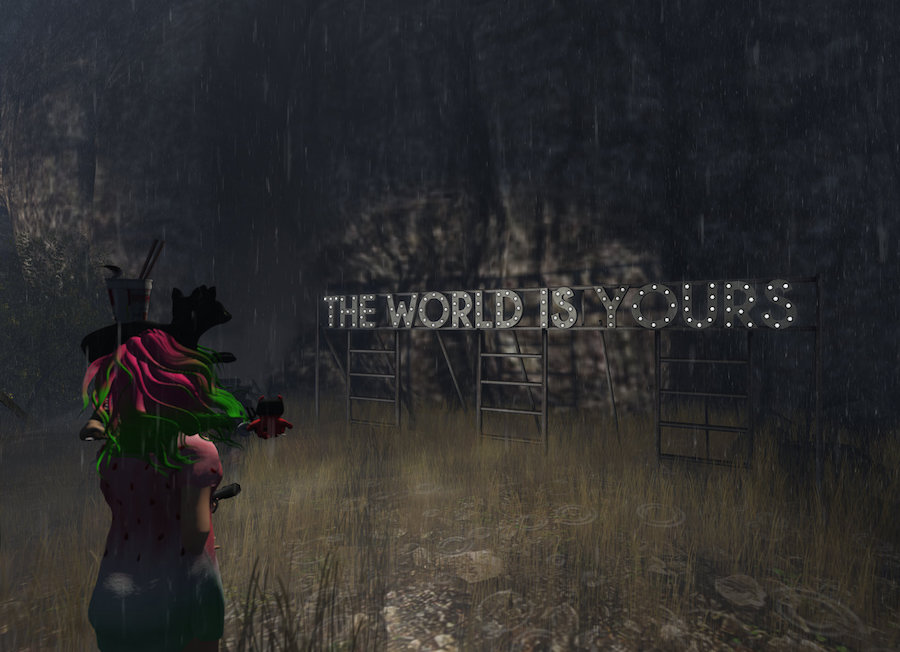I have a messy hypothesis to unwind.
There are several different levels on which The Discourse™ takes place. Communication has multiple functions for humans, the dominant two being establishing social relationships and relaying information. Often a communicative act serves both purposes at once.
I don’t know who coined this term, but “stroking” is a good mnemonic for the base level of communication. Apes pick nits out of each other’s fur; humans ask, “How are you?” despite indifference to the answer. These are ritualistic gestures that ease everyday social interaction and establish bonds of civility.
The next level up is factional or tribal. We align with particular cultural entities, often based on family background or the local consensus, and signal this loudly. Sharing political memes on Facebook falls into this category. In fact, it’s the secret behind the “fake news” phenomenon. Partisan clickbait peddlers have a ready audience because many people are concerned with tribal signaling rather than evaluating facts.
Then we get to the object level. Here people are concerned with evaluating facts, and assessing the relationship that abstract ideas have to reality. If you read this newsletter you probably spend much of your time in this realm.
Above the object level is the meta level, and perhaps this is less of an entirely separate layer of discourse and more of a self-aware version of the object level. I don’t think anyone can stay in meta territory all the time, but I might be universalizing my own failings.
Examples of The Discourse™ at each level:
- stroking level — “good morning”
- tribal level — “the outgroup is bad”
- object level — “I disagree with the outgroup’s policies”
- meta level — “the most effective way to go about disagreeing with the outgroup’s policies is XYZ”
People are able to be nice to each other at the stroking level and the meta level. The object level is kind of a tossup, and the tribal level is usually toxic. Often these two middle levels bleed together, or oppose each. People engaging at the object level tend to be rebuffed by people engaging at the tribal level, and everyone ends up frustrated.
Like I said, this is a messy idea, and I haven’t figured out how to articular it properly. Also, I’m not sure 1) if there is any solution, or if a solution is even needed, or 2) how the internet messes with this beyond context collapse. If you have thoughts on this, I’m very curious to hear them.
(Much of this dispatch is a rephrasing and reframing of David Chapman’s stages idea. His version is more deeply considered.)
Reader Greg Juhn responded:
Quick comment — “signaling” one’s affiliation to a tribe sounds kind of benign, like birds chirping to each other or staking out territory, whereas most fake news has an aggressive “lock her up” or “burn him at the stake” vibe that indicates tribes have entered an attack [or] combat phase. Fake news is essentially a rallying cry. [¶]
Tribe members can huddle and pat each other on the back (a benign echo chamber) or they can turn with bared teeth and actively attack the other group. I don’t know when a conversation on social media moves from the benign phase to the attack phase, but it seems like that is what happens. Something triggers benign commentary to become meme warfare which leads to physical warfare.
John Ohno, AKA @enkiv2, also shared a mind-expanding comment.





